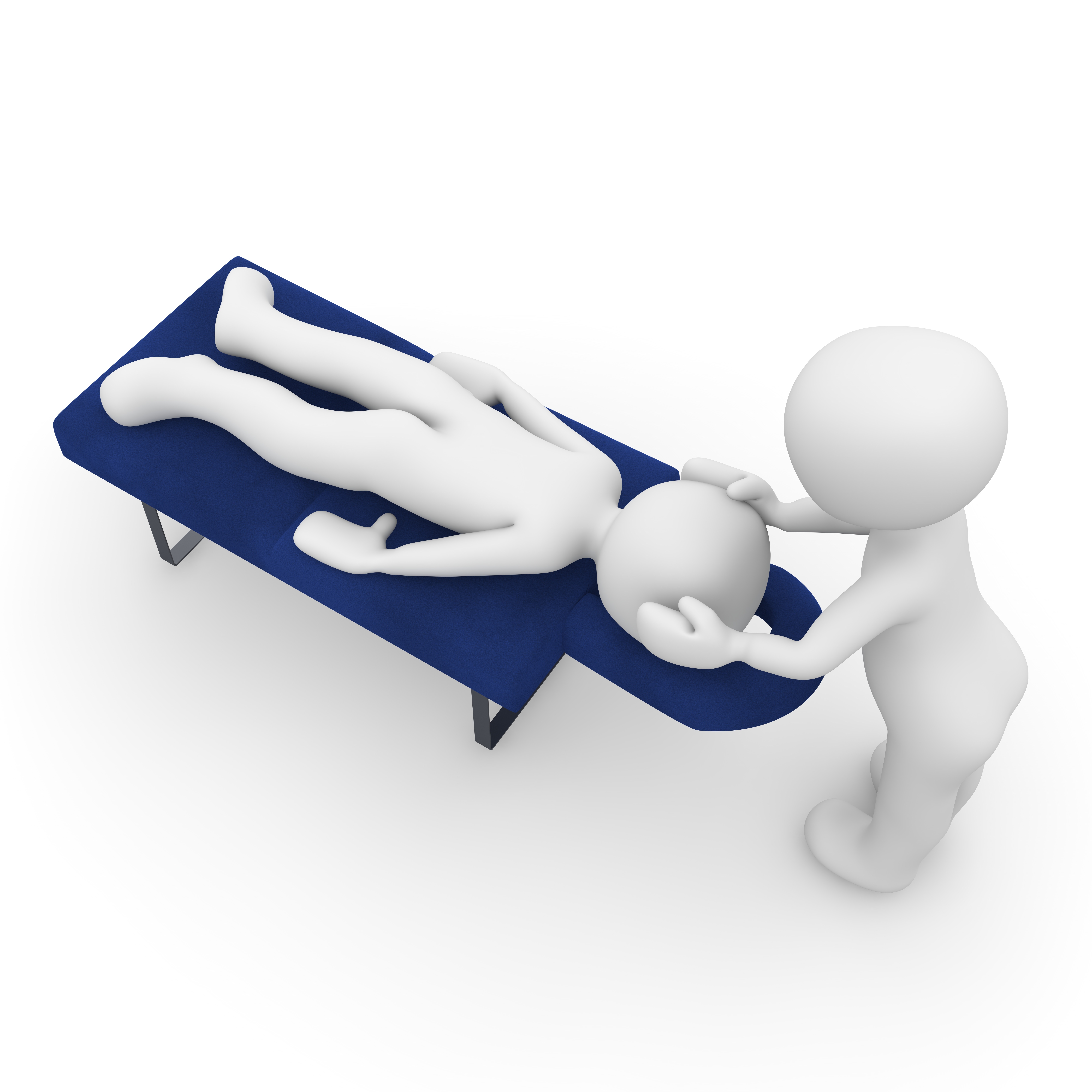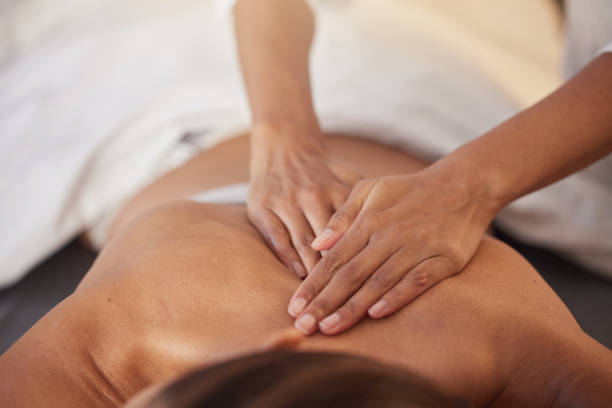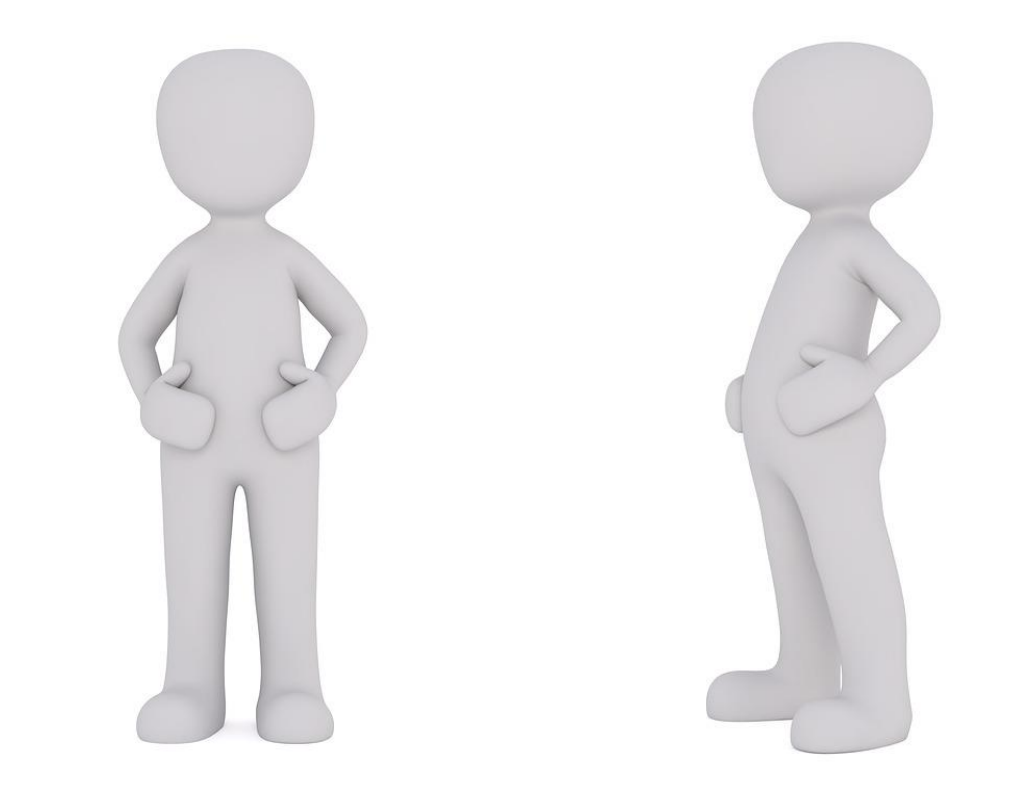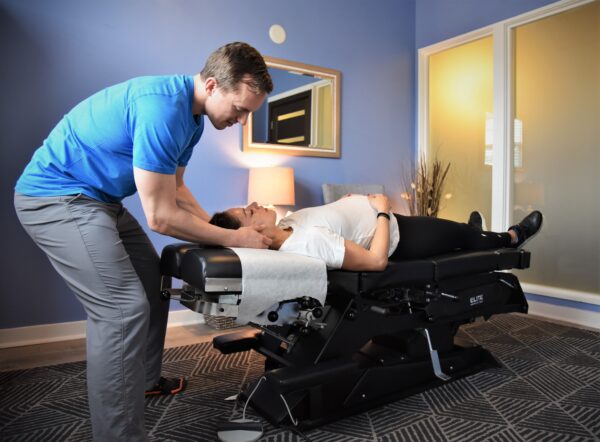Services

Chiropractic Care
Dr. Andrew is specialized in corrective chiropractic care. This type of chiropractic is not just symptom relief care but oriented in discovering and correcting the cause of the underlying problem.

Advanced Soft Tissue Techniques
Otherwise known as, "Myofascial Release", utilizes a various hands-on techniques that have been shown to decrease tension on nerves, muscles, tendons and fascia, improving range of motion and alleviating pain.

Customized Mobility and Rehabilitation Prescription
Dr. Yaun will build a rehabilitation plan that is based on three specific issue: Mobility, Strengthening, and Postural Improvement.

Full Body Therapeutic Massage
Deep tissue massage therapy is a specific type of massage that concentrates on the deeper layers of muscle and fascia in the body.

Body Composition Testing & Nutritional Counseling
We use a non-invasive body composition analysis that provides a detailed breakdown of your entire body. Use this information along with your own health goals to develop a plan for long lasting health and wellness.

Pregnancy and Postpartum Care
Chiropractic care in pregnancy is vital to the normal physiological function of both the mother and baby throughout pregnancy and birth. More women and birth providers are discovering the many benefits associated with chiropractic care in pregnancy and recognize this area of expertise through Webster Certification.
